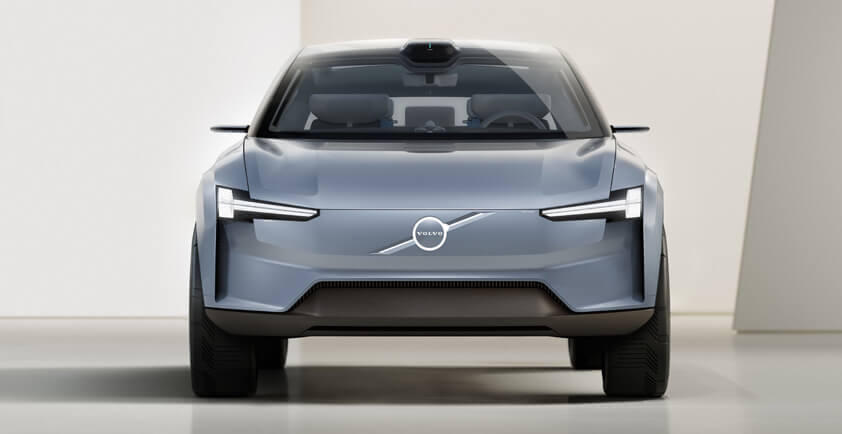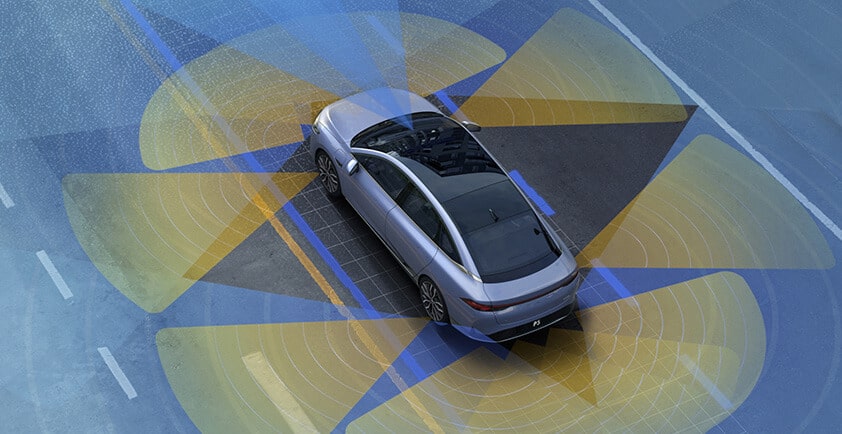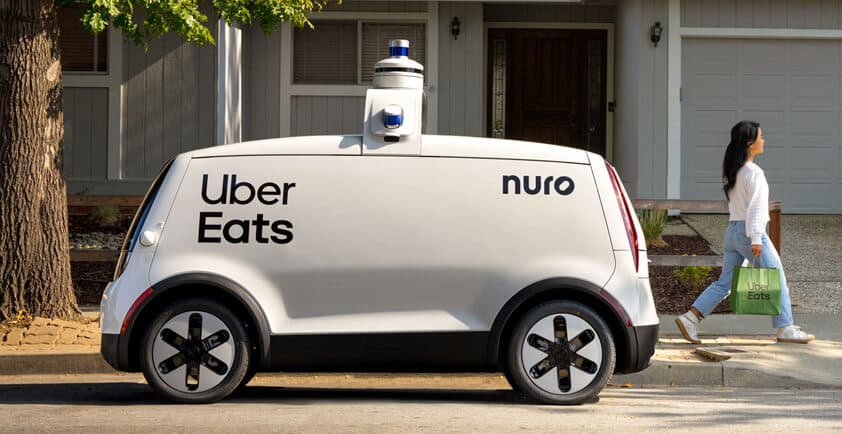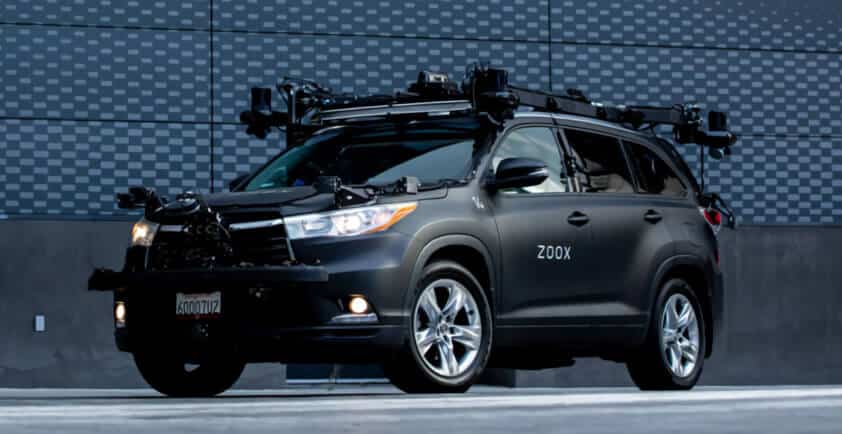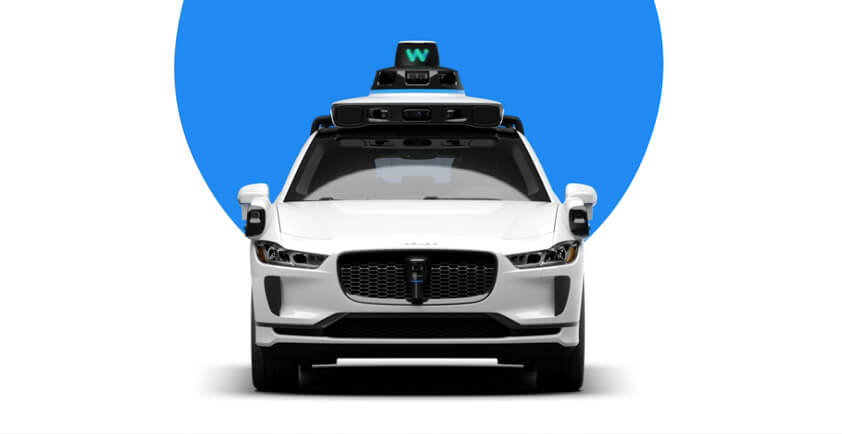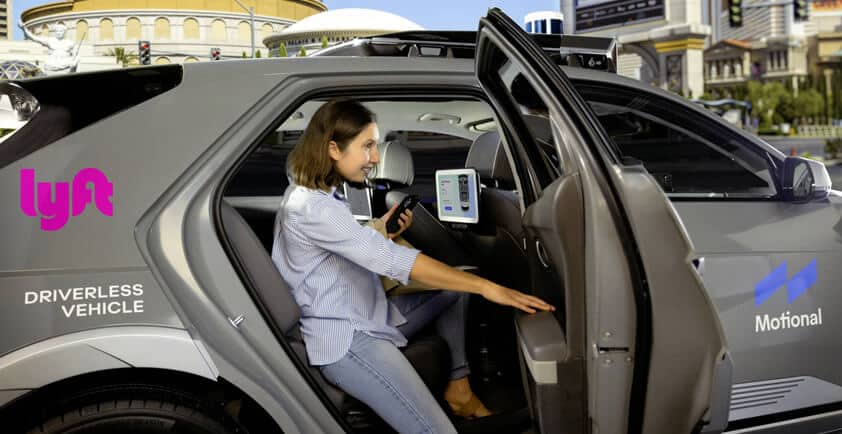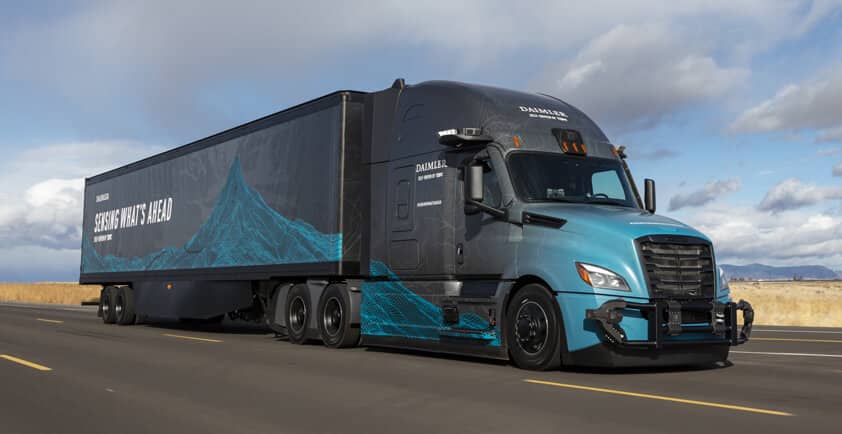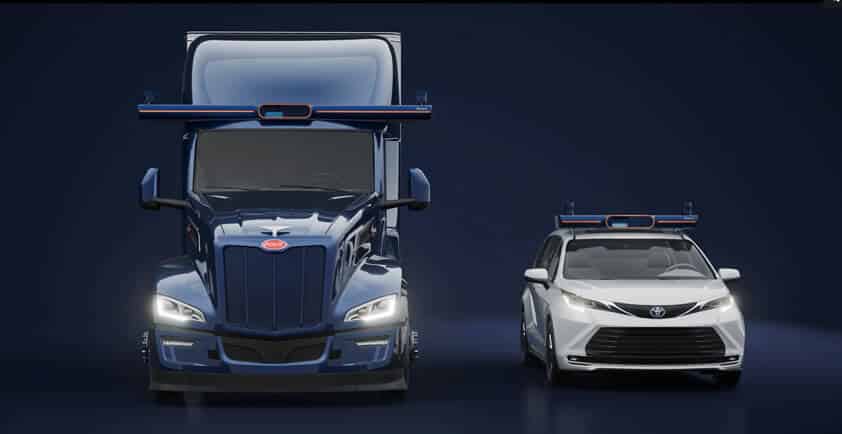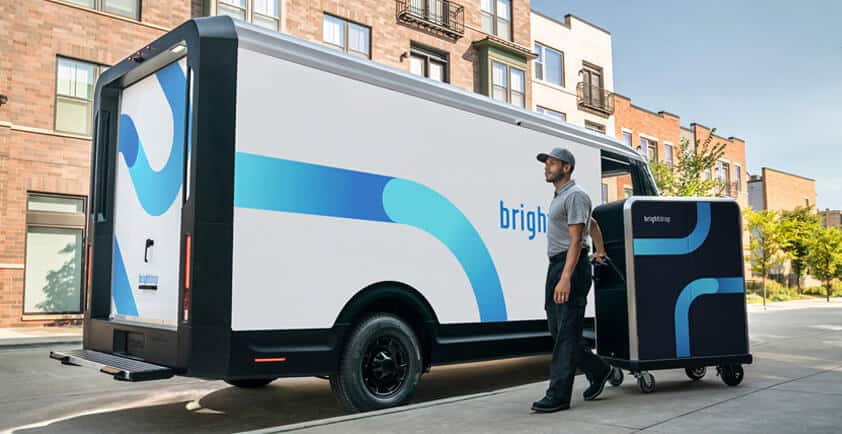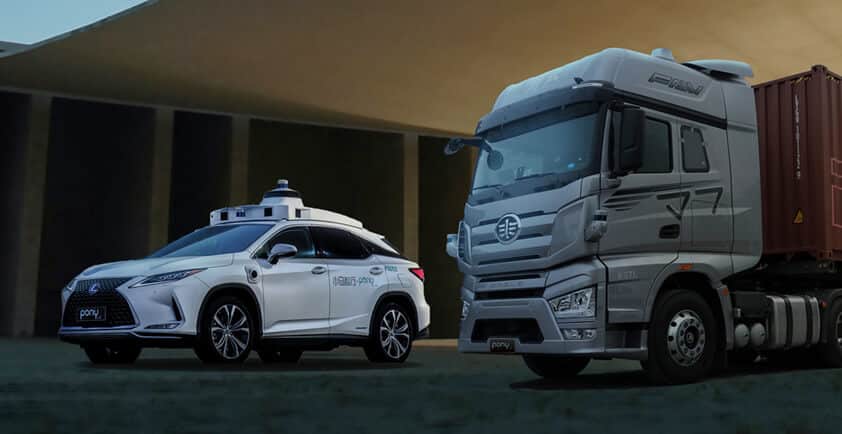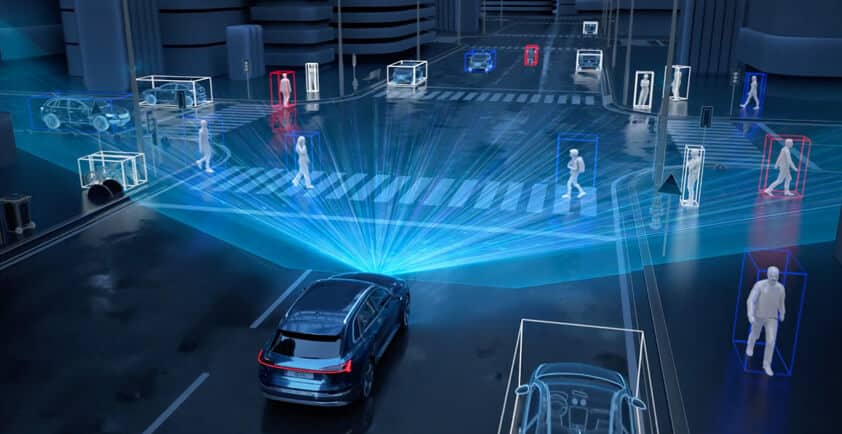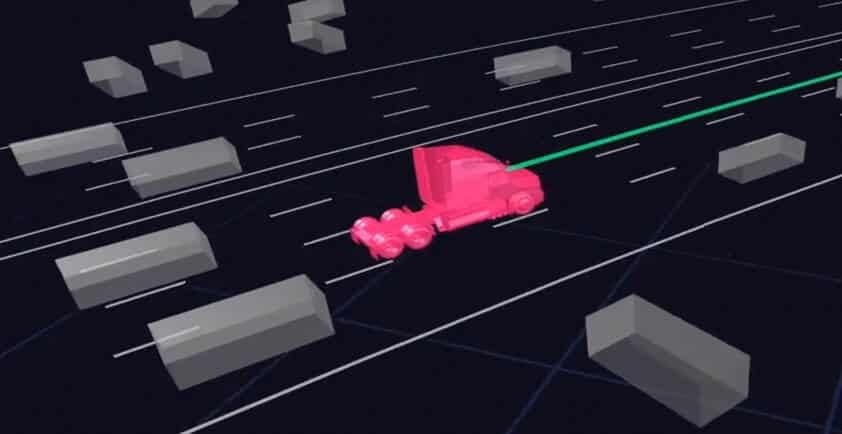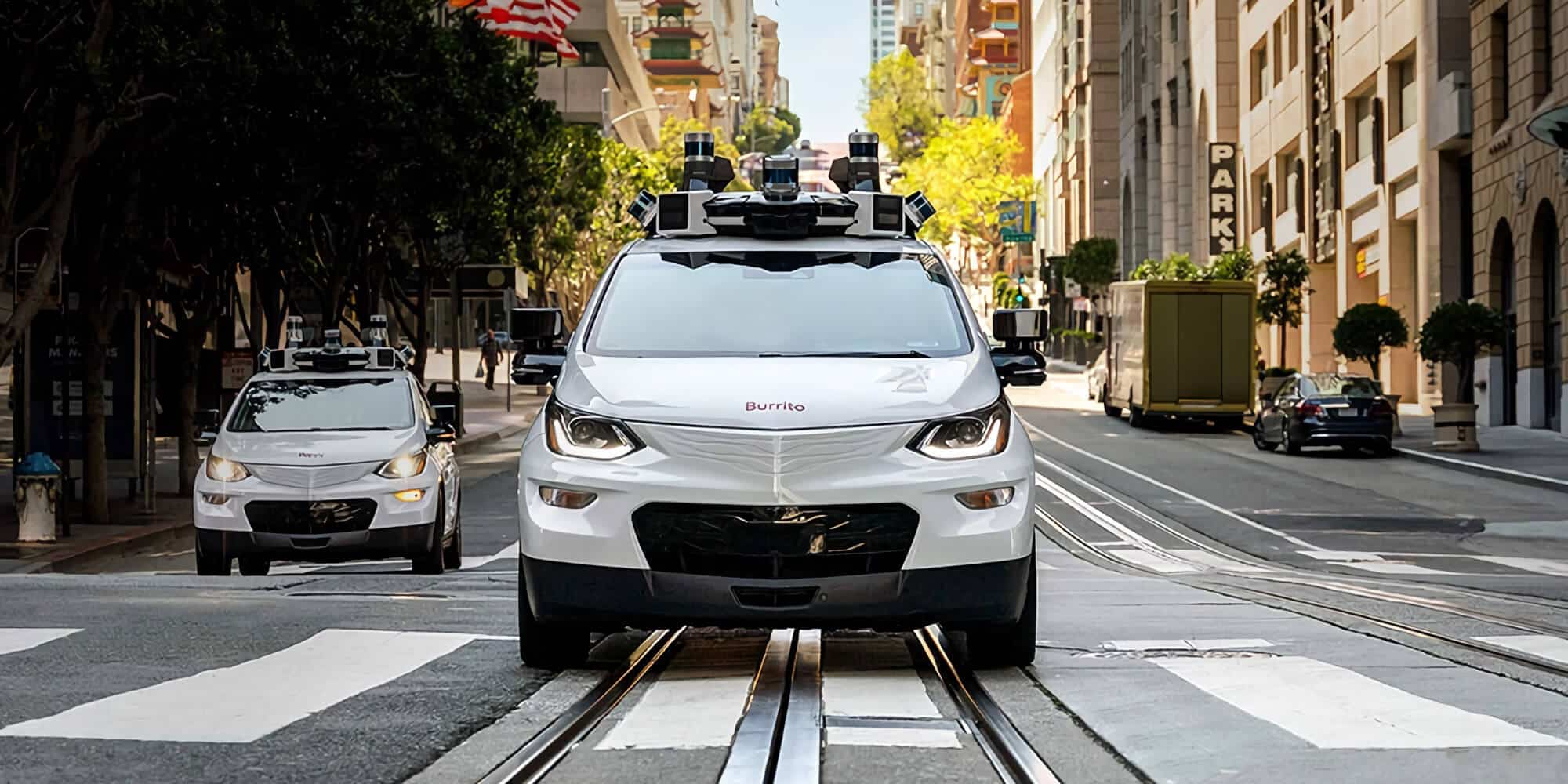
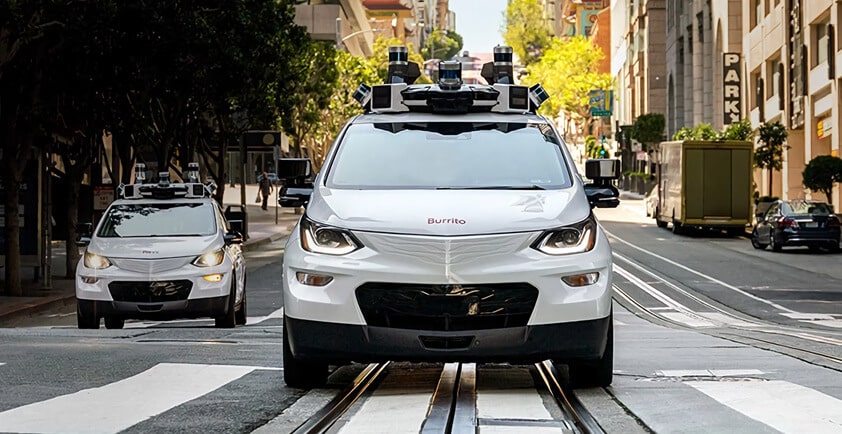
WELCOME, RIDERS
Today we are opening up our driverless cars in San Francisco to the public.
I’m still surprised I can even write those words — this moment really snuck up on me. I work on these cars every day, and I’ve seen every inch of progress. Just 3 months ago I took the first-ever fully driverless ride in a major US city, and it was incredible. When Sourdough arrived, with no one inside, and took me for a quiet ride through the streets of SF, it became clear to me that we’ve built something very special. Now it’s time for us to share it.
We’re opening a sign-up page on our site today so you can get a driverless ride soon — and free, for now! We’re starting with a small number of users and will ramp up as we make more cars available, so sign up now to lock in an early spot.
Over the past several weeks Cruise employees have been taking rides every single night. Even our friends from GM came out and took a ride. They rode in Tostada and Disco which both performed flawlessly. Each car has a unique name, but the experience is consistent and predictable. From app to pickup to dropoff, these amazing vehicles just work. Check out this video of some of the first public riders. As you can see, most people experience childlike delight during the first ride, but then the ride quickly becomes boring (as it should). Brilliantly boring. One of them even fell asleep.
We have one other piece of news to share. The SoftBank Vision Fund initially invested $900 million in Cruise in 2018. They agreed to invest an additional $1.35 billion when we started operating fully driverless cars. I’m pleased to announce we’ve officially hit that milestone! This additional capital will help us expand our world-class team and quickly scale this technology across SF and into more communities.
Mary Barra, the CEO of GM, called her first driverless ride “surreal” and “a highlight of her career” as an engineer. I feel exactly the same way and can’t wait for you to try it for yourself. There’s no better place for us to start than in San Francisco, a place where thinking big is encouraged regardless of how outrageous your ideas may seem. Thank you Cruisers, and thank you San Francisco.
Author - Kyle Vogt, Interim CEO, CTO, and Co-founder

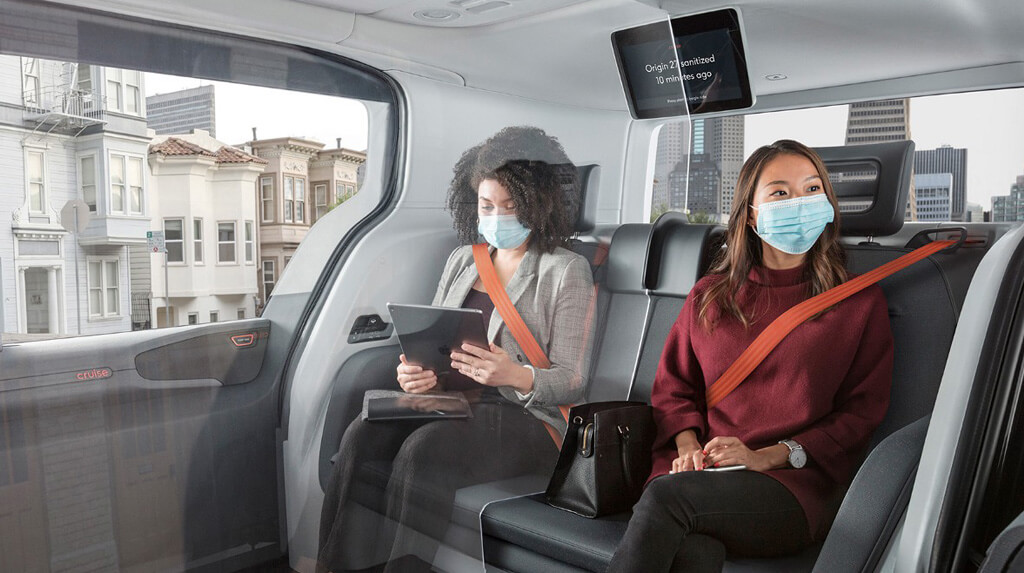
AVS AND A MORE EQUITABLE TRANSPORTATION FUTURE
Creating a new mode of transportation is a generational opportunity to redress the status quo, recognize the inherent flaws in the system, and reimagine how a technology can help the most people possible.
For all of us, transportation is more than getting from point A to point B — it’s what connects us to the things, people and places we love and need; to our families, activities, healthcare, food, education, jobs, opportunity. It is something we do just about every single day of our lives. And, it is essential.
Yet, historically underserved communities — particularly communities of color — continue to face the highest barriers to accessible and affordable transportation options: the cost of owning a personal vehicle can be prohibitively high, but is often essential to employment and economic mobility. Worsening roadway violence for both motorists and pedestrians disproportionately harms communities of color, while the chronic health harms of transportation emissions are still felt acutely by communities that saw highways and major thoroughfares plowed through their neighborhoods decades ago. All of this is compounded by rising housing costs, reduced mass transit service during the pandemic, and the fact that people of color perform in-person and essential worker roles at the highest rates.
At Cruise, we’re excited to be on the cusp of offering cleaner, safer, and more affordable rides to the public. But we also recognize that thoughtful and deliberate roll-out of our self-driving ride service is critical — not only in overcoming and mitigating disparities in today’s transportation landscape — but also to avoid creating new ones.
That’s why Cruise partnered with EVNoire, a leading national organization working to bridge existing and potential equity gaps in electric vehicle and emerging transportation technology, to study the opportunities and challenges for electric, autonomous rideshare in San Francisco to “address and mitigate disparities in transportation access and improve public health.”
As explored in the full research report, EVNoire found that all-electric, shared AVs present significant potential to improve equity in mobility, across a number of areas:
> Increasing safety, by mitigating the impact of human error on traffic fatalities, which have an outsize impact on historically underserved communities;
> Improving public health, by delivering a zero-emission transportation option. Due to historic inequities in transportation design, communities of color in California face significantly more exposure to harmful air pollutants that cause respiratory and other chronic health conditions.
> Connecting residents with fresh food, helping address the pervasive food deserts that challenge many communities;
> Reducing congestion through a centrally-managed fleet, giving time back to vulnerable residents who can’t afford to miss a shift or an appointment;
> Increasing the autonomy of older or disabled residents, particularly in multi-generational households where transportation options are shared;
> Closing gaps in vehicle access, including for residents without a driver’s license who may be unable to maximize personal mobility.
Critically, the study also underscores that thoughtful deployment of autonomous vehicle technology and intentional community engagement will be key to realizing these benefits. Continuous, iterative efforts that foster dialogue, build trust and understanding, and incorporate feedback are essential to ensuring community buy-in.
Let’s be clear: transportation equity is not a single end state. It will require adjustment and feedback over time, depending on the needs of each specific community. And, certainly, it will require more than AVs alone.
EVNoire’s expert research and insight show us how much communities stand to gain when equity is incorporated as a core principle in this technology –– and at the center of our service, vision and mission.
The complete findings of our research with EVNoire can be found here. An executive summary of EVNoire’s research findings and takeaways can be found here.
Author - Prashanthi Raman, Vice President, Government Relations
